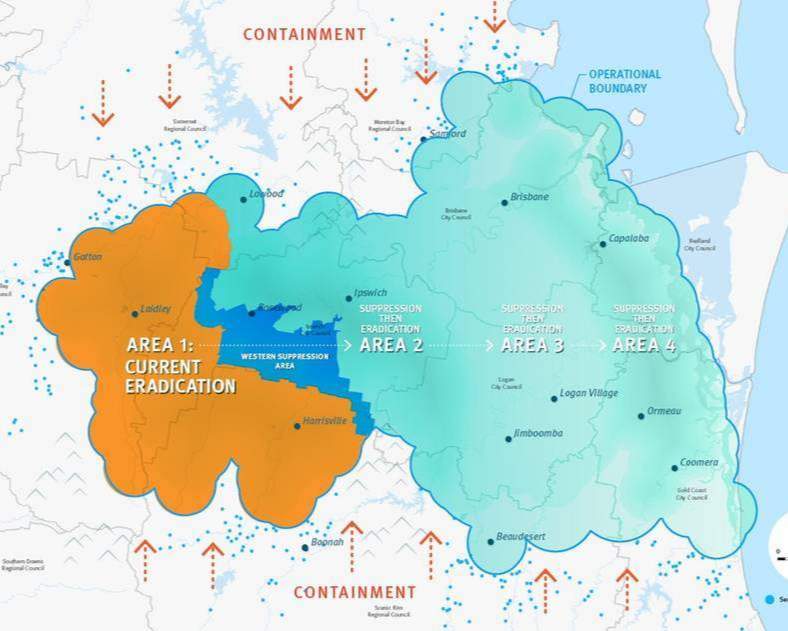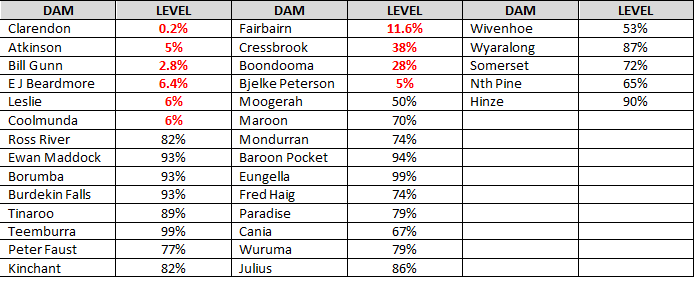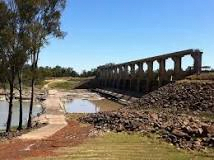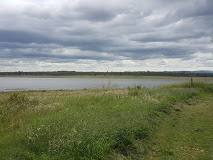NATIONAL RED IMPORTED FIRE ANT ERADICATION PROGRAM
December 2019
Welcome to the National Red Imported Fire Ant Eradication Program’s first newsletter for the building and development industry.
This publication aims to keep people who work near or within the fire ant biosecurity zones in South East Queensland, and deal with fire ant carriers, including soil, mulch and quarry materials, up-to-date on treatment protocols, rules and regulations and other relevant program news.
Fire ants are a whole-of-community problem and one we need to fight together. To assist one another in tackling this invasive pest we invite you to share your stories and experiences from the field. We want to know what successes you’ve had, how you’ve managed fire ants on your job sites, what works and what does not. We’ll try to share these stories regularly so we can all benefit. If you have a story you would like to share please email fireants@daf.qld.gov.au
10-year eradication plan
We have just entered the third year of our comprehensive 10-year eradication plan to find, contain and eradicate fire ants in South East Queensland.
We have almost completed bait treatment along the western boundary of the fire ant containment area in the Lockyer Valley, Scenic Rim and parts of the Ipswich local government areas (Area 1) and our efforts to eradicate the ‘super pest’ appear to be paying off. Residents in the area are telling us “there used to be fire ants, now there are none.”
Containment strategies are also in place, with suppression of fire ants undertaken within our operational boundaries (Areas 2–4) to minimise spread until eradication actions are applied.
We are supported by a National Red Imported Fire Ant Eradication Program (SEQ) steering committee which provides guidance and support, and monitors our progress against targets to ensure we are successful.
Read more about our 10-year National Red Imported Fire Ant Eradication plan.
Listen to what our farmers out west have to say.
Getting hammered by fire ants?
We know fire ants can be a problem for South East Queensland’s building and construction industry and can result in costly delays to projects.
To help overcome this problem, the program has introduced a self-management option. If you cannot or do not want to wait for program officers to inspect and treat fire ants on your site, you can either:
- Purchase and spread fire ant bait
- Engage a pest manager to treat the fire ants for you.
Construction sites provide ideal habitat for young fire ant queens who are particularly attracted to areas of disturbed soil. There is also the danger of fire ants being spread through the movement of soil and other fire ant carriers between construction sites — that’s why it’s very important you know the rules relating to the biosecurity zones.
Self-management is an integral part of the program’s 10-year plan, as well as a logical and very important step.
In the past we’ve said, ‘you report and we’ll treat’; but we’ve learnt over time that industry can play a broader treatment role to help suppress the pest in the areas we’re yet to deliver eradication treatment.
Fire ant bait is available from local hardware or department stores, nurseries and some chemical suppliers. It’s important to follow the directions on the product label when dispersing the bait.
The option to report the ants and wait for treatment by the eradication program still exists.
For more information, to book pest management training or to view the list of pest managers please visit our website.
Summer is here
Like a lot of people, fire ants are not too keen on the Queensland heat. During the warmer months, they move their nest deeper into cool soil and are known to attack plant roots for moisture.
While fire ants are less visible at this time of year, they do still forage for food. The ants tend to do so in the mornings or evenings when the temperature is cooler — you should take this into consideration when treating fire ants
Research shows that warmer weather and drought actually weaken fire ant colonies, as there is less food and moisture available. This makes it an ideal time for us to drop bait (a food source) on the ground. The sneaky little pests also take less nuptial flights (reducing spread) at this time of year, and it is more difficult for new queens and colonies to establish in the dry hard ground.
While most pest managers rely on direct nest injection (DNI) over the winter months, now is the perfect time to use bait. Just remember to avoid applying bait until the morning dew has evaporated or when rain is forecast in the next 48 hours.
If you have any further questions regarding ant behaviour, please visit our website or call 13 25 23.
Don’t get stung …
Moving fire ant carriers from or within fire ant biosecurity zones in South East Queensland in breach of Biosecurity Regulation 2016 will result in serious penalties.
People need to know how can they mitigate the risk of moving fire ants review the rules before moving soil or other fire ant carriers — and if necessary apply for a biosecurity instrument permit (BIP).
Program compliance officers are constantly monitoring movements of fire ant carriers across the zones. PINs are being issued to those who should know about the fire ant biosecurity zones and movement controls but undertake non-compliant movement due to disregard, recklessness or ignorance.
While most industry operators take their legislative requirements seriously, PINs are a new tool to target those who don’t.
PINs can be issued for a range of offences, including moving soil from one biosecurity zone to another without having effective risk mitigation measures in place. You could be charged for more than one offence in a single movement — with each offence carrying penalties of up to $5,000.
It is important that companies and individuals understand that we are serious about stopping the spread of fire ants — and we need to work together to do it. If you work near or within the fire ant biosecurity zones and move carriers, you are expected to know the rules. This includes builders, civil construction companies, earthmovers, plant operators and more.
New legislative powers give the National Red Imported Fire Ant Eradication Program the ability to issue penalty infringement notices (PINs) to those who unlawfully move soil, turf, pot plants, hay, mulch or other materials that may carry fire ants.
For more information, please visit our website.
Fact #1: Why are fire ants so hard to get rid of?
Fire ants are listed as one of the world’s most invasive species. They excel at colonising various environments, having disastrous impacts on wildlife, crops, pets and people.
Fire ants can be hard to control, as they are always on the lookout for potential threats to their nests. If a fire ant colony believes it is under attack, it can quickly relocate the nest through underground tunnels. Subsequently, any treatment applied needs to be slow enough so the queen and her workers are not alerted to any ‘danger,’ while being effective at killing the whole nest.
Queen ants produce about 1000 eggs per day, making it vital to kill the queen and not just worker ants. That’s why after baiting, we recommend not to disturb the nest for a minimum of 24 hours, to allow time for the queen to be fed with the bait.
Because fire ants can reach high densities, and are aggressive and alert, treatment can be a challenge. The National Red Imported Fire Ant Eradication Program uses the most effective treatments available, which consist of a combination of broadcast bait products and contact insecticide. These products are successfully used for invasive ant control around the world.
Mistaken identity: strobe ants vs fire ants
In this edition, we will investigate strobe ants. Strobe ants (Opisthopsis rufithorax) are also sometimes referred to as disco ants, and are common native ants that have a John Travolta dance step in their walk, making them look like they are dancing under a strobe light. They often have bright red bodies with black markings and use their large eyes that sit high on their heads to dodge danger as they forage.
Strobe ants are usually shy, not aggressive, and don’t bite or sting. They often build their nests at the base of a tree. All these characteristics readily distinguish them from fire ants.
Despite this, strobe ants are one of the most commonly mistaken ants by members of the public. This is likely because they forage during the day and are bright red in colour. A quick way to tell them apart is that strobe ant workers are all the same size, whereas fire ant workers vary in size.
Fire ants (Solenopsis invicta) are more coppery brown with a darker abdomen, whereas strobe ants are bright red with black markings. And of course the jerky movement of strobe ants gives them away!
Strobe ants are a placid, colourful and harmless addition to our gardens, bushland and local parks. For more information on Australia’s ants see antwiki.org









